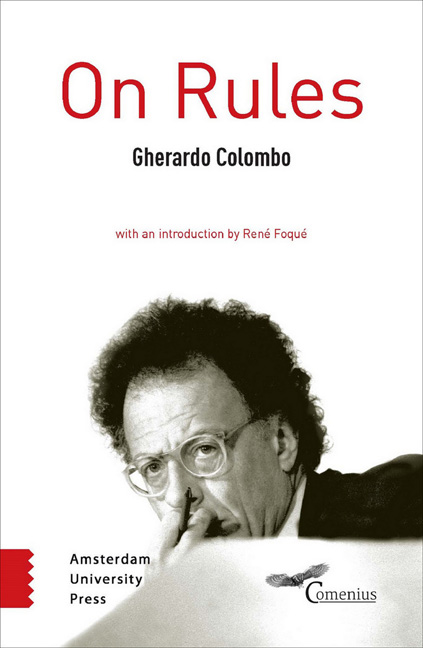Book contents
- Frontmatter
- Introduction: Gherardo Colombo’s Concern for the Democratic State under the Rule of Law: A Work in Progress
- Why?
- 1 An Imaginary Country
- Contents
- Part I The Ambiguities of Justice
- Part II Horizontal Society and Vertical Society
- Part III Towards a Horizontal Society
- Part IV How Do We Get There?
- Conclusion
- Acknowledgments
25 - Uncertainties in the Constitutional Process
Published online by Cambridge University Press: 24 December 2020
- Frontmatter
- Introduction: Gherardo Colombo’s Concern for the Democratic State under the Rule of Law: A Work in Progress
- Why?
- 1 An Imaginary Country
- Contents
- Part I The Ambiguities of Justice
- Part II Horizontal Society and Vertical Society
- Part III Towards a Horizontal Society
- Part IV How Do We Get There?
- Conclusion
- Acknowledgments
Summary
Enforcing the Constitution was not an easy task. The Constitutional Court, which since the beginning should have had the basic task of reviewing laws for legitimacy, was only established in 1953. The Consiglio Superiore della Magistratura (or CSM, the magistrates’ governing council), whose task is to guarantee the independence of judges and public prosecutors from the other powers of the state, was created in 1958. The regions (a form of devolution and more direct democracy) have only existed since 1970; the same year saw the enactment of the Statute of Labourers, the law that adapts labour legislation to constitutional principles. And in order to harmonise marriage legislation with the equality principle we had to wait until 1975.
It was not easy, because resistance to adjust laws – and behaviour all the more so – to the Constitution was strong, widespread on all levels, and unrelenting.
The typical culture of the vertical society, already deeply rooted before the Fascist era, and animated by that regime, could not be erased overnight by simply issuing a new constitution. The oligarchic, hierarchic, pyramid-like structure involved a distribution of rights and duties that was grossly unequal in every sector of society.
Think of the relationship between the sexes: in a family, the man was explicitly attributed the role of leader, and the woman had to submit to him. As for politics, women were not allowed to vote, and could not be employed in certain parts of the public administration. The culture and mindset of a substantial part of the citizenry, including sometimes people who were oppressed and penalised, regarded discrimination as ‘natural’, in keeping with laws and regulations. In such a situation, it is not hard to imagine how strongly the privileged fought against the enforcement of a law that ran contrary to their daily habits.
Despite the passing of time, despite legislative action, which, albeit slowly, successfully adapted the body of laws inherited from Fascism to the new structure; despite the frequent rulings of the Constitutional Court which progressively expelled from the legal system so many laws that clashed with the horizontal model, the new structure never managed to fully establish itself.
- Type
- Chapter
- Information
- On Rules , pp. 117 - 118Publisher: Amsterdam University PressPrint publication year: 2016

